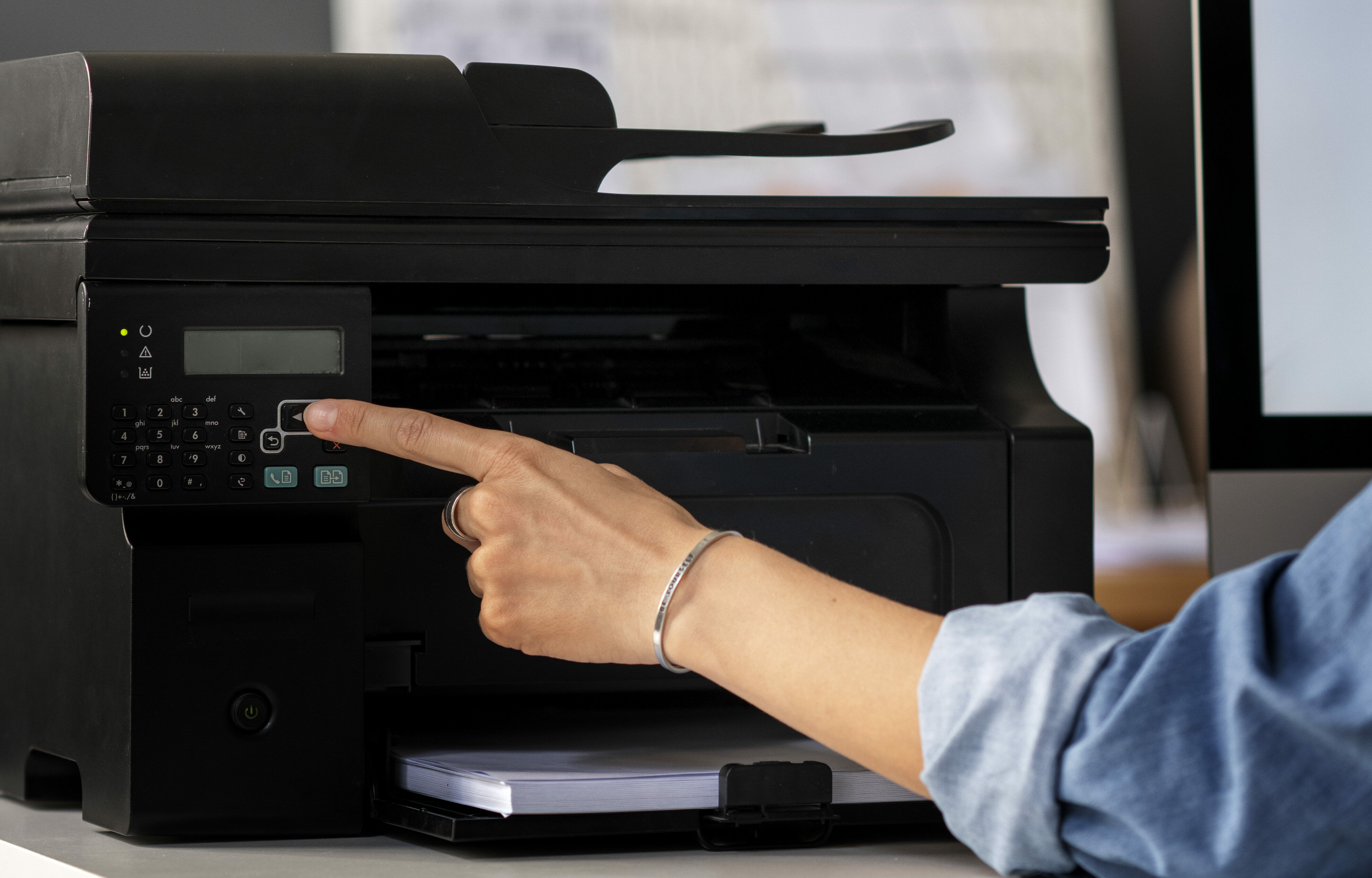
Digital Transformation – Managed Print Services (Part 4)
Welcome to the Digital Transformation – Managed Print Services series. In Part 3 of the series, we looked at the type of Print Equipment that one should choose for business usage. For Part 4 of the series, we shall explore the optimization that one should consider when using Managed Print Services.
1. Determine what are your current printing landscape
Assess “what is” should give you an idea of what you have currently on the brand of the printers, placement of the printers, average print volume per month (over a period), how many users are served by the said printer, and what type of printing?
2. Next find out what is your current printing spent
Such costs will include, the paper used per month (the quantity of rims/boxes), the toners/ink cartridges used per month, are there any maintenance and support costs needed, and are you paying the leasing cost on the printers used?
3. Stop all new procurement of printers immediately
It is important to get the Senior Leadership team and Business buy-in to stop the purchase and installation of all printers immediately once you embark, engage, and move onto a Managed Print Services. This is to ensure that the money spent is optimized and not diverted.
4. Plan the placement of the Multi-Function Printer on your office floor layout centrally
Be strategic and ensure it is centrally located so everyone can access it. Yes, a bit of walking from your cubical to the centre of the office to collect your printout is healthy as well.
5. Select the most “popular” model of Multi-Function Printer
Regardless of which brand of Multi-Function Printer you choose, selecting the most “popular” model will ensure that consumables (toners and printers) and spare parts are in abundance to ensure good availability to your user community printing needs. Again, you may have to offset not having the latest and greatest but having a model that performs consistently and is available will ensure your printing needs are met at all times.
6. Go paperless
Re-design your existing physical forms to be digital (e-forms) instead. Re-design your current processes and standard procedures to use system flow instead of a physical form/document. By moving away from physical paper, you will reduce your need for printing over time and save your money as well.
7. Default all printing to be in Black and White only
As discussed in Part 3 of this series on Managed Print Services. Colour printing usually costs 3 – 4 times (or more) as compared to just plain Black and White. When configuring the Mult-Function Printer to always print in Black and White will enable you to save money overall. When there is a need to print in colour, the user can always change the default settings as required.
8. Default to use double-sided of the paper
As physical paper cost is an important element in the Managed Print Service equation. We should always consider printing double-sided to save paper usage (and save chopping down trees) to be more environmentally friendly in the process.
9. Provide visibility on Printing cost
Most Managed Print Services vendors do have a fleet management application that can track individual printing costs over the Mult-Function printers deployed with your environment. The detailed reporting on individual printing costs and providing visibility to the individual and department concerns will help drive the behaviour of being prudent in helping manage the printing cost. This is a simple and effective way to rally individuals and departments to change their behaviour towards printing needs within the business itself.
10. Review and track requests for Printing (Black and White only and Colour) for all users
From a governance perspective, it is important that we review and track all request here to ensure we can account for printing cost incur by the business. Respective supervisors and Head of Departments need to give their approval for individuals that have printing needs. Later when we provide visibility on the Printing cost, we can better manage usage per se.
11. Configure the Multi-Function Printers to shutdown / switch off automatically after office hours and public holidays
When the Multi-Function Printers are switch on and not in use, it will normally go into stand-by mode to save electricity. However, it is prudent to configure the unit to be totally shutdown / switch off after official office hours and public holidays to further save electricity and on turn on as and when printing of documents is required. Such act will save electricity cost (where energy cost are always increasing) and be environmentally friendly.
Again, do remember that every organization is “unique”, and consider the suggestion for optimization suggested here to be a “right-fit” before implementing. Along with user education awareness and the right optimization will help your organization managed the print resource better thereby saving cost along the way.
Managed Print Services Series:
Part 1: Digital Transformation – Managed Print Services (Part 1)
Part 2: Digital Transformation – Managed Print Services (Part 2)
Part 3: Digital Transformation – Managed Print Services (Part 3)
For more information, reach out to Cybiant’s consultants by dropping a quick e-mail at info@cybiant.com to us.
Visit our Cybiant Knowledge Centre to find out more about the latest insights.


